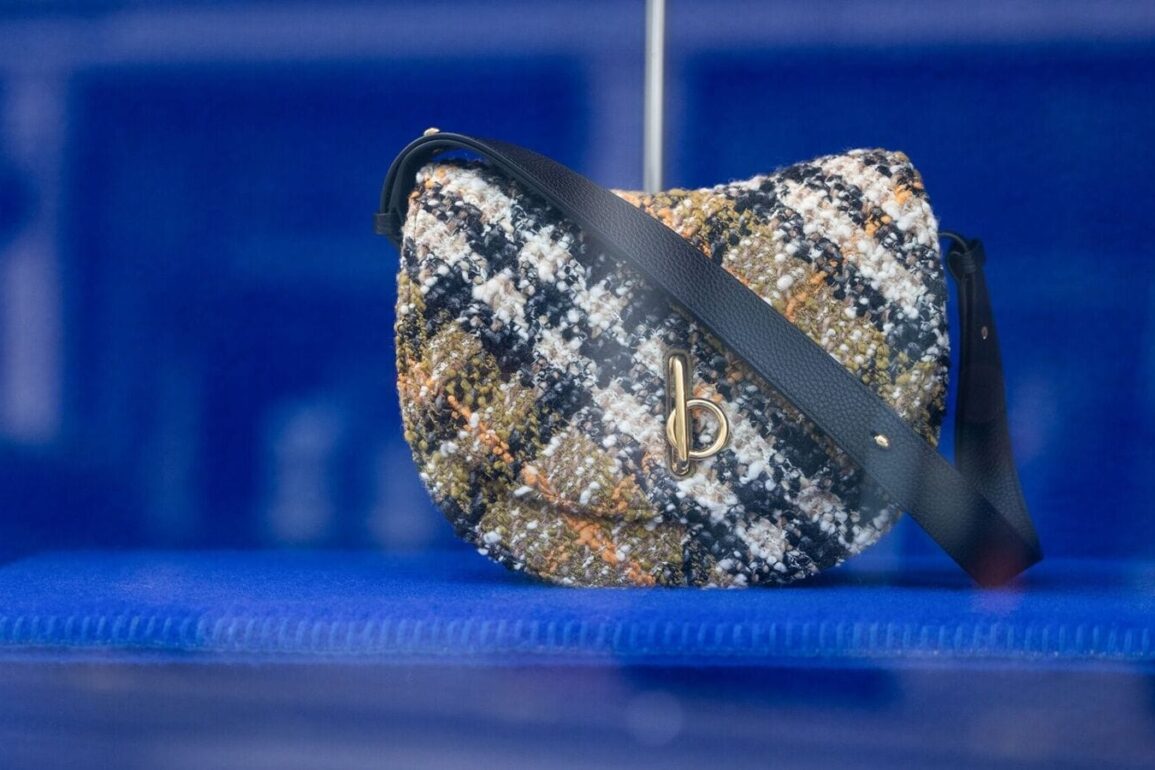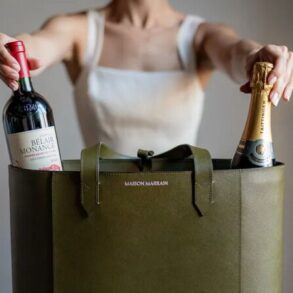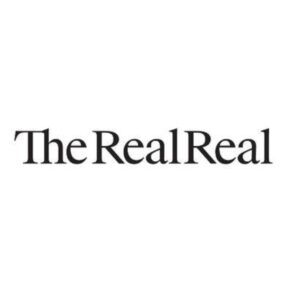
To spot a potential comeback story in the luxury goods industry, look for the brand with the smallest handbags.
Luxury companies have a lot riding on the “super mini” purses and $1,200 wallets on a chain they launched in recent collections. What looks like a frivolous trend is part of a push to win back middle-income shoppers and fix wilting share prices.
Demand for luxury goods is weak now that consumers in China, Europe and the U.S., who together make up around 70% of global luxury sales, have all turned cautious at the same time. But brands also overplayed their hands during the pandemic by raising the price of their goods so high. On average, luxury products are 55% more expensive today than they were back in 2019, HSBC estimates. It is harder for middle-income shoppers to find a luxury handbag that costs less than $2,000, so they are showing up less in brands’ stores.
Luxury companies sorely miss these customers. Although they don’t buy the biggest-ticket items, middle-income shoppers purchase in big volumes as a group. More than half of all global luxury purchases by value are made by 330 million or so people who spend less than €2,000 a year on expensive handbags, clothing and jewelry, according to Boston Consulting Group—equivalent to $2,237 at current exchange rates.
Sidelining these spenders has backfired the most for brands like Burberry and Gucci that didn’t have a superwealthy clientele to begin with—at least not in the same league as Chanel or Hermès. Burberry’s sales shrank by a fifth in its most recent quarter and its share price is at a 14-year low. Gucci’s owner Kering has seen its market value drop 40% in 12 months to €32 billion because of problems at the Italian brand.
Both companies are making tentative efforts to win back middle-income customers. Burberry’s latest handbag range includes a $910 nylon bucket bag and a $1,050 wallet on a chain. Shoppers browsing Burberry’s U.S. website for a bag that costs less than $1,500 have around 20 options to choose from today. This compares with six at the start of 2023 based on an analysis of the brand’s archived webpage on the Wayback Machine. Gucci is also focusing on this price range. The brand has 27 sub-$1,500 purses on its website including a range of “super mini” handbags.
Expanding their range of entry-level goods is also good business because cheaper, novelty products appear to be driving spending by wealthy consumers who are bored of the understated “quiet luxury” trend that has dominated for the last four years. Bank of America luxury analyst Ashley Wallace points out that Miu Miu, which is owned by Prada, has hugely popular $1,000 micro bags and $800 handbag charms. The brand’s sales rose 93% in the first half of the year.
Brands play around with their price “architecture,” as it is known in the industry’s lingo, for different reasons. Ten years ago, Louis Vuitton was worried that its most recognizable monogram bag was becoming too popular, so it pivoted to more expensive designs. The brand went from pricing roughly half of its handbags under €1,500 in 2014 to just a fifth in recent years according to Bernstein analysis.
Counterintuitively, in the five years following the 2008-9 financial crisis, Gucci slashed its entry-level range from a third of all the handbags it sold to just 2% as the brand tried to move upmarket. It was able to do this during a downturn because sales were skyrocketing in China at the time.
But luxury companies usually go the other way when demand is weak and they need to drive top-line growth through volume.
“Brands need to give entry-price customers something new they can afford,” says Bernstein luxury analyst Luca Solca.
Getting traffic back in stores is key since high-end brands are so expensive to run. Because of their high costs, including multibillion-dollar ad budgets and the steepest retail rents in the world, even a slight slowdown in sales can have a big impact on profitability. Today, they are pinning their hopes on tiny purses. Persuading shoppers to splurge on $1,000 to 2,000 trinkets could help brands to bounce back from the slump faster.
Write to Carol Ryan at carol.ryan@wsj.com
This post was originally published on this site be sure to check out more of their content.









